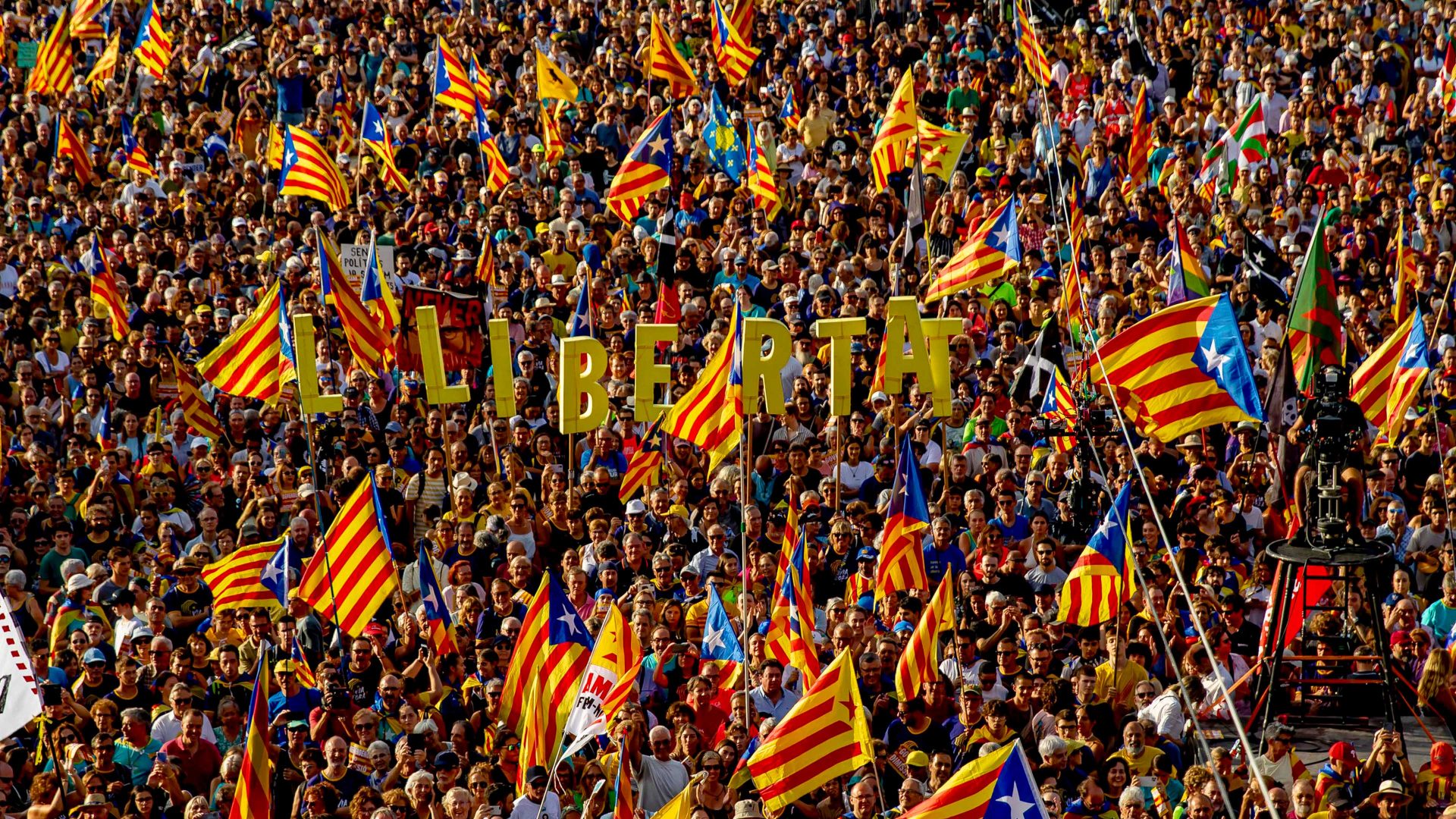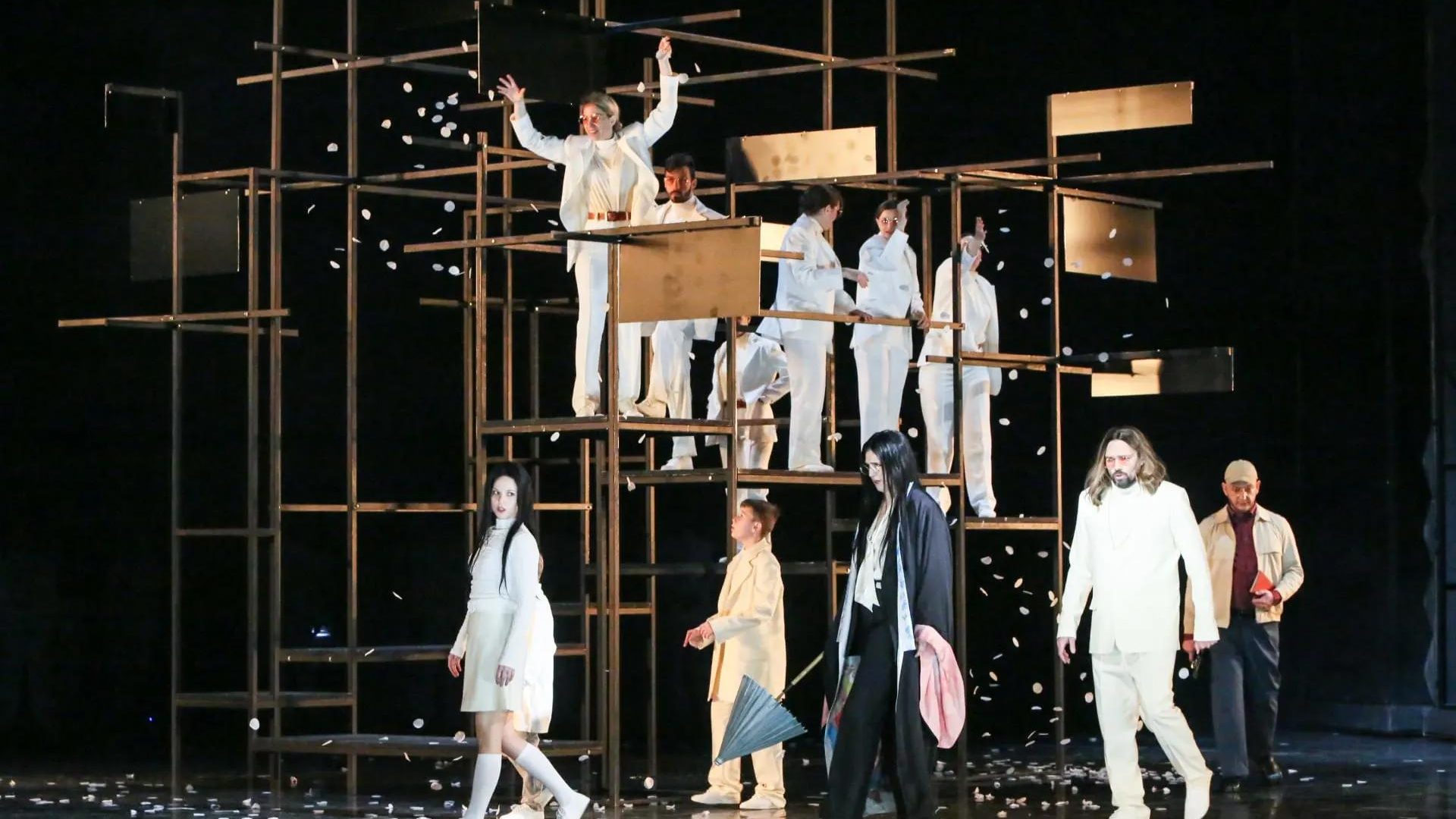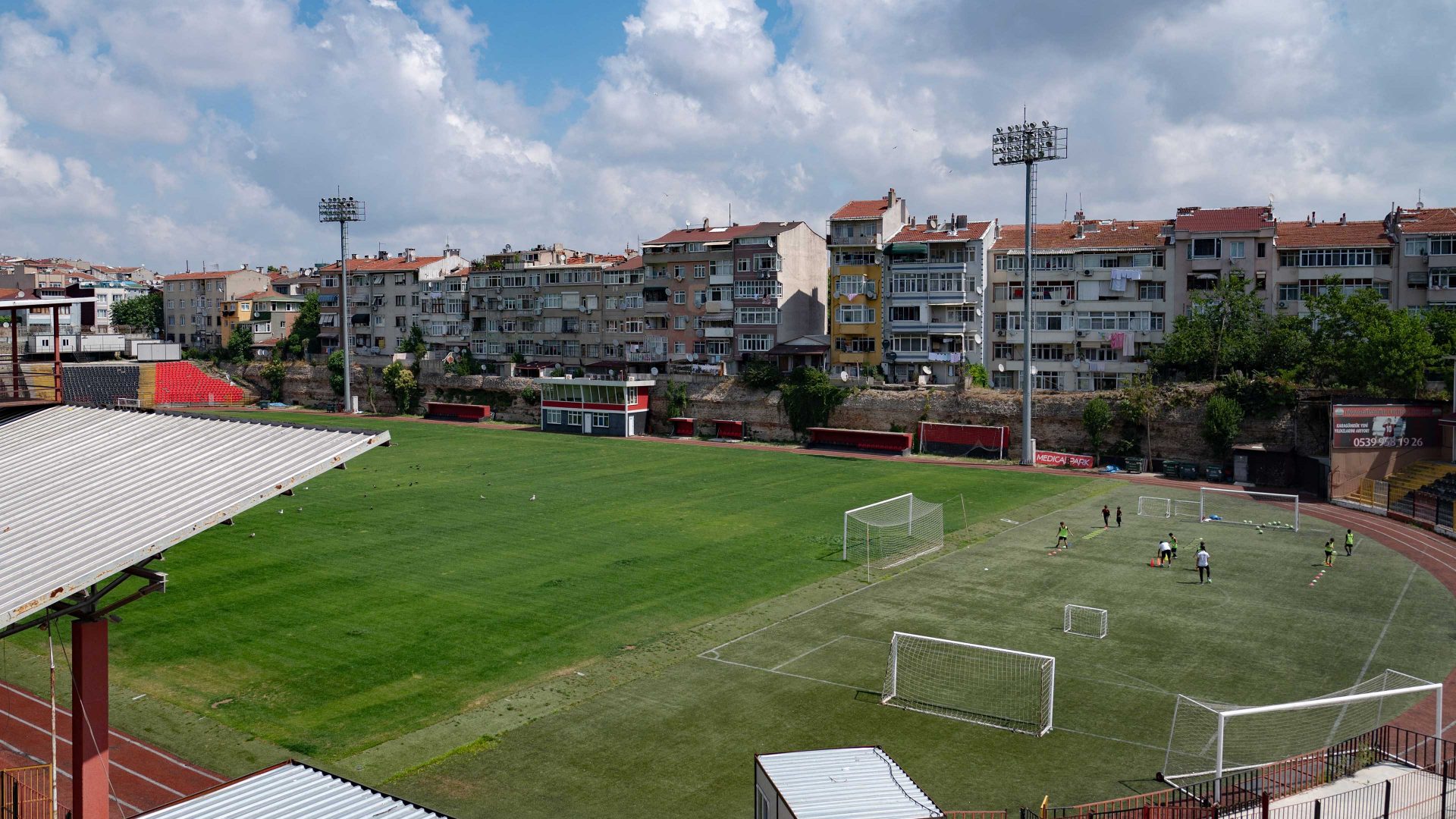La Diada is a regional holiday and everyone is off work and school, milling about the streets. As I walk out of my building in Barcelona, I pass several bakeries (the only shops open), all decked out in the red and yellow stripes of the Senyera Catalan flag. They are selling red and yellow Diada bread and pastries. The local town hall is also draped in a giant flag.
Despite the pageantry, La Diada doesn’t celebrate any victory or occasion in history. Instead it commemorates a defeat and the fall of Barcelona during the war of the Spanish succession in 1714.
On the way to the metro, I pass several stalls on the cobbled squares selling flags, but with the added blue triangle and white star of the independence movement, along with blue and yellow T-shirts. As the metro nears the centre, more and more people get on wearing the blue T-shirts, football-style with the number 11 on the back.
Every year the Catalan National Assembly picks a colour for independence supporters to wear on the march. This year it’s blue and yellow to represent the European flag, signalling that Catalonia still wants to be a European state, but independent from Spain.
“It’s been years since I’ve been to a Diada protest”, Laia Gimenez, 25, tells me. “The truth is that I did consider myself to be pro-independence before, but now I’m just disillusioned with it all. I’m fed up with not only the political situation here in Catalonia, but also at a national level. I think they should be trying to focus on social issues like salaries and housing instead,” she says.
Gimenez is not alone, and in the last few years, support for the independence movement has been waning. It’s been six years since the failed independence bid in 2017. According to the Catalan government’s Centro d’Estudis d’Opinió, the latest survey from July 2023 showed that 42% of Catalans want an independent state, while 52% are now against it. The other 6% have no opinion either way.
Despite this, a poll in April showed that 77% agreed there should be a referendum. Only 16% disagreed.
I make my way to the heart of the demonstration and the four streets that converge on Plaça d’Espanya, symbolic of the four demands of the independence movement: freedom, language, country and sovereignty.
It’s a varied crowd – children and grandparents are marching – and everyone is waving the national flag. Even the dogs have been draped in red and yellow. A giant Estelada has been placed on the ground, and as the march begins at exactly 5:14pm (17:14, representing the year of the defeat) the flag is raised and it floats over everyone’s heads, the sea of protesters carrying it along.
There are fewer people than in previous years and the protests seem somewhat less fervent and desperate. The chanting doesn’t last long and people laugh and chat among themselves.
“I am still very upset and angry about what happened six years ago during the referendum,” Adrià Andreu, 50, tells me. “I will never forget the way we were treated. Whatever people believe about whether Catalonia should be independent or not, we should still get the right to vote and decide for ourselves.”
Support for the movement may have dwindled from previous years, but this could be a pivotal moment for Catalans, as the acting prime minister, Pedro Sánchez, needs the backing of separatist leader Carles Puigdemont’s Junts party if he wants to stay in power.
We are interrupted by a group of castellers, who prepare to form a human tower in the middle of the crowd. Dressed in the same white trousers and burgundy shirts, they deftly shimmy their way up each other’s bodies to the sound of the Catalan gralla (a traditional reed instrument). As the youngest reaches the top, she unfurls an Estelada and the crowd cheers.



